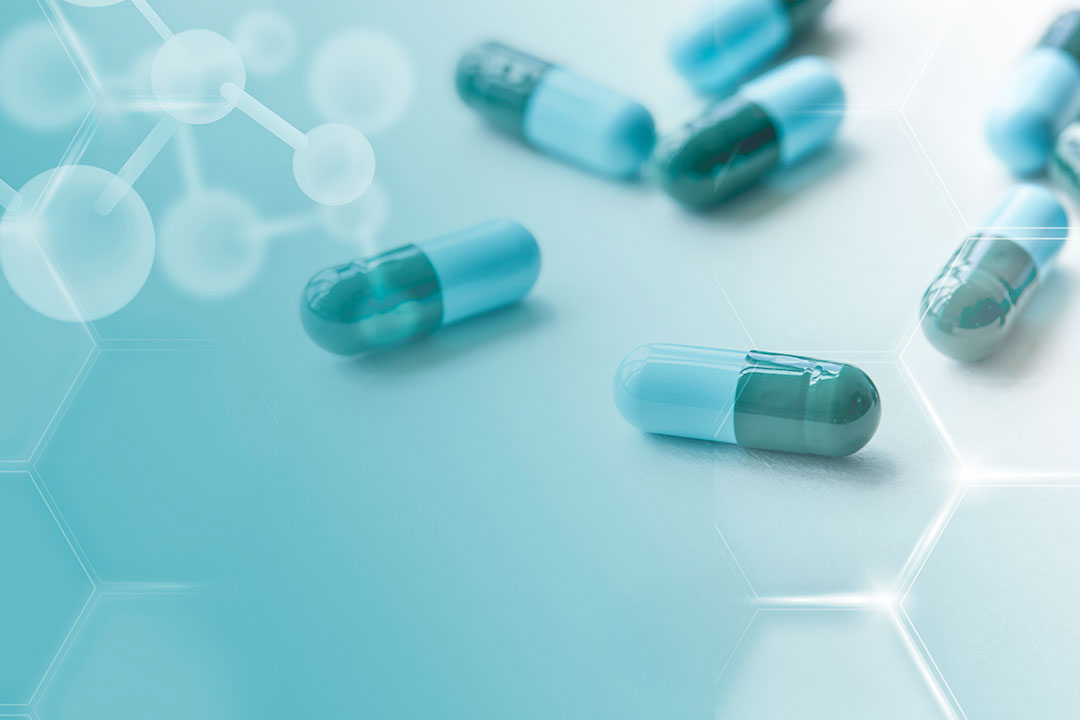
Medicine Cabinet
By Teodoro B. Padilla

Counterfeit medicines are, first and foremost, a crime against patients. By pretending to be genuine approved treatments when they are not, fake medicines put people at risk of treatment failure, complications, disability, and even death. They also threaten the hard-won trust that underpins our health system.
Counterfeits are medical products that deliberately misrepresent their identity, composition, or source. They can appear as patented or generic prescription medicines, as well as over-the-counter products, and they exist across all therapeutic areas ranging from antibiotics and pain relievers to medicines for chronic conditions. Some counterfeits have no active ingredient at all; others contain the wrong ingredient, the wrong dose, or dangerous contaminants.
It helps to distinguish substandard from falsified products. Substandard medical products are approved and legally manufactured but fail to meet quality standards and specifications often due to poor manufacturing practices or inadequate quality control. They pose real health risks but are not the same as counterfeits. Falsified products, by contrast, are intentionally deceptive. They lie about what they are and where they come from. All counterfeits are, by nature, illegal and unsafe.
WHY THESE MATTER TO EVERYONE
The harms of substandard and falsified products are wide-ranging. Patients may not get better because the medicine contains the wrong ingredient or dose. Some products can cause direct harm if they include contaminants or toxic substances. Indirectly, poor-quality or fake antimicrobial products fuel antimicrobial resistance (AMR), making infections harder, and sometimes impossible, to treat. Beyond individual harm, these products undermine the effectiveness of health systems and erode public confidence in health professionals, regulators, and legitimate manufacturers and distributors.
Preventing counterfeit medicines from reaching patients is everybody’s business. Public and private organizations; national regulatory and enforcement agencies; health professionals; patients and caregivers; research-based and generic pharmaceutical manufacturers; drug distributors, wholesalers, and retailers all have a role to play. Counterfeiters exploit gaps between agencies, sectors, and countries. Closing those gaps saves lives.
In 2024, an Food and Drug Administration (FDA)-led initiative seized P28 million worth of fake medicines and other illicit health products, P21.9 million of which were counterfeit medicines. These actions disrupt criminal networks and remove dangerous products from circulation.
The FDA also continues to guide the public on safer purchasing practices. The people must buy medicines and health products only from government-licensed pharmacies and drugstores with proper FDA marketing authorizations. Also, prescription medicines should come only from sources that require a valid prescription. These basic steps significantly reduce the risk of being exposed to counterfeits.
HOW TO SPOT RED FLAGS
While counterfeiters are becoming more sophisticated, certain warning signs can still help consumers stay vigilant:
• Packaging problems: Misspellings on labels, incorrect product names, blurry printing, or unusual colors and fonts.
• Poor quality seals: Damaged, broken, or poorly sealed packaging can indicate tampering.
• Product inconsistencies: Differences in a medicine’s color, size, taste, or shape compared with what you previously received from a licensed pharmacy.
• Too-good-to-be-true offers: Deep discounts, “miracle cures,” or products sold through informal channels or unverified online sellers.
If something seems off, do not take the product. Consult a licensed pharmacist or your physician and report the incident to the authorities.
In the Philippines, the Pharmaceutical and Healthcare Association of the Philippines (PHAP) and its member companies work proactively with government agencies, the private sector, and civil society to fight counterfeit medicines. Because counterfeiters exploit e-commerce platforms, PHAP works closely with enforcement and IP agencies to protect consumers online.
In April 2024, PHAP and the Intellectual Property Office of the Philippines (IPOPHL) signed the E-Commerce Memorandum of Understanding (MoU) to enhance protection against counterfeit medicines sold over the internet. By joining more than 100 signatories, including major e-commerce platforms, brand owners, industry groups, and foreign chambers, the MoU promotes closer coordination for notice-and-takedown procedures, proactive detection, and preventive measures, while upholding fairness and transparency in the digital marketplace.
PHAP is also collaborating with IPOPHL on a framework for knowledge-sharing such as tracking emerging schemes used to distribute counterfeit medicines and reinforcing rules for ethical collaboration among healthcare service and technology providers. In addition, PHAP signed an MoU focused on navigating the intellectual property (IP) system to enable greater collaboration among innovators and expand access to medicines that address current and emerging health challenges. Ongoing policy dialogues aim to strengthen joint anti-counterfeiting campaigns.
For decision-makers, sustained progress requires a few priorities. For one, stronger enforcement and deterrence means adequate resources for surveillance, investigations, and prosecutions, including cross-border cooperation. Supply-chain security requires wider adoption of track-and-trace, serialization, and verification technologies; tighter controls on importation and distribution. Also, a responsible e-commerce must promote clear accountability for platforms and sellers, rapid takedowns, and transparent sanctions for violators. Finally, public awareness needs regular consumer education campaigns so people know where and how to buy medicines safely and how to report suspicious products.
These steps protect patients, support legitimate pharmacies and manufacturers, and preserve trust in our health system.
Report the sale or distribution of unregistered and/or counterfeit medicines and health products to the FDA. You can e-mail report@fda.gov.ph, submit a report through www.fda.gov.ph/ereport, or call the Center for Drug Regulation and Research at (02) 8857-1900. Keep the product and packaging if it is safe to do so. Photographs, receipts, and order numbers can help investigations.
Counterfeit medicines thrive where there are cracks in vigilance, coordination, and enforcement. Closing those cracks requires shared action from government and industry to health professionals and the public. Each time we choose licensed pharmacies, verify prescriptions, and report suspicious products, we help protect our families and communities. The fight against counterfeit medicines is a fight for patient safety. And it is one we can win together.
Teodoro B. Padilla is the executive director of Pharmaceutical and Healthcare Association of the Philippines which represents the biopharmaceutical medicines and vaccines industry in the country. Its members are at the forefront of developing, investing and delivering innovative medicines, vaccines and diagnostics for Filipinos to live healthier and more productive lives.